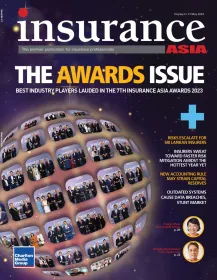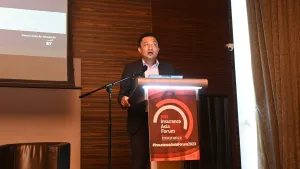
Australia’s calamities widen the gap in availing home insurance: Report
Since January 2020, insurers have dealt with approximately 788,000 claims due to natural disasters.
About two in five Australians have claimed that their home had been affected by extreme weather events in the past five years, according to a CHOICE report.
Since January 2020, insurers have dealt with approximately 788,000 claims tied to floods and storms that were declared as catastrophes or significant events.
As the climate continues to warm, the likelihood of severe weather events will rise, potentially leading to disasters on an unprecedented scale for which we are ill-prepared.
State of home policyholders in times of calamity
In May 2023, a nationwide representative survey of insurance policyholders was conducted by CHOICE.
Across Australia, individuals are grappling with escalating insurance premiums, compounding the pressures of living costs.
In a recent survey focused on home and contents insurance policyholders, nearly 87% stated that their premiums had risen upon receiving their latest renewal notice. For about 67% of policyholders, the premium increase surpassed their expectations, and for 28%, the increase was substantial.
Among those surveyed, 39% indicated they hadn't been provided any explanation for the rise in premiums. Additionally, 80% of respondents were unaware of any heightened risks to their homes from crime or natural disasters.
Notably, 78% of policyholders are confident their insurance protection is sufficient to cover rebuilding their houses.
ALSO READ: Less than half of global losses due to calamities insured
Key barriers to home insurance
The research revealed various key problems that are facing homeowners in Australia.
Home and contents policies are intricate and pose challenges in terms of cross-insurer comparisons, often leading individuals to unintentionally be inadequately insured.
The issue of unaffordable insurance is amplified in disaster-prone regions, causing many low-income households to be entirely excluded from the insurance market.
Accessing information regarding the risk level of one's home is notably difficult, and available data tends to be fragmentary and inaccurately reported.
Although 44% of policyholders would contemplate investing in measures to reduce premium costs, numerous insurers neglect to factor in these risk-mitigation measures when determining policy pricing.
In instances where homes become uninsurable or unsafe, governments must devise solutions that extend beyond insurance, including the potential for relocation.
The report, “Weathering the Storm: Insurance in a Changing Climate,” is commissioned by CHOICE, Climate Council, Financial Counselling Australia, Financial Rights Legal Centre, and the Tenants’ Union of NSW.
The findings were generated from a survey of home insurance policyholders, in-depth interviews with people affected by extreme weather events and interviews with key civil society groups.
With the results of the research at hand, the coalition calls the government to action.
To ensure homeowners are protected amidst calamities, the Australian government must simplify home and contents insurance, adjust the affordability of plans, subsidise home insurance in low-income communities, amend residential tenancy laws, generate a database for consistency, and formulate a national plan for relocation of communities during high-risk natural disasters.











 Advertise
Advertise












